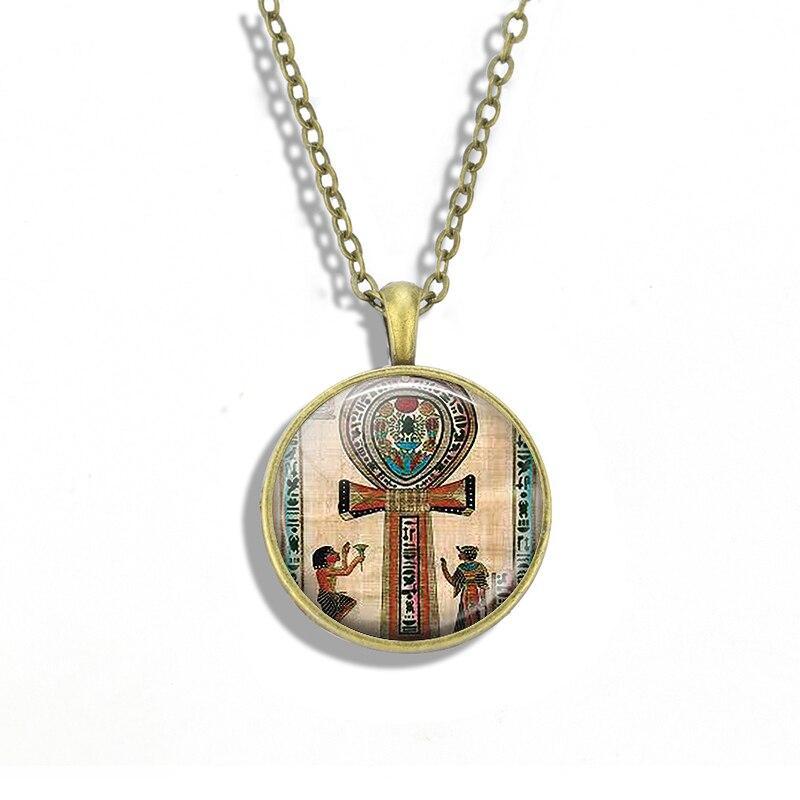Ancienne Égypte
Necklace Egyptian Ankh (Steel)
Necklace Egyptian Ankh (Steel)
Couldn't load pickup availability
A necklace "Egyptian ankh": a pendant which refers to the strange cross of ancient Egypt: the ankh cross, the hieroglyph designating the word "life".
- Stainless steel pendant: quality 316L steel, nobly patinates over time, water resistant
- Resistant pendant: meshed, reinforced and elegant structure
- Neat and precise details
- Chain length: 19.5" (50 cm) | Pendant size: 2.7x2.7 cm
- FREE STANDARD SHIPPING
📏Refer to our MEASUREMENT GUIDE to see how the necklace will look according to its length.📏
If you are looking for a necklace, reminiscent of the land of the pharaohs, this ankh necklace "ankh of wood temple" (steel) could be a great choice! If not, you can also visit our complete collection of ankh necklaces to see all the models with this cross-shaped emblem of ancient Egypt.
If you are not interested in this type of symbol, you can discover all our Egyptian necklaces. If you want even more choices, don't hesitate to have a look at the rings, bracelets and necklaces which compose our Egyptian jewelry.

An Egyptian ankh necklace
A pendant from ancient Egypt
Share




